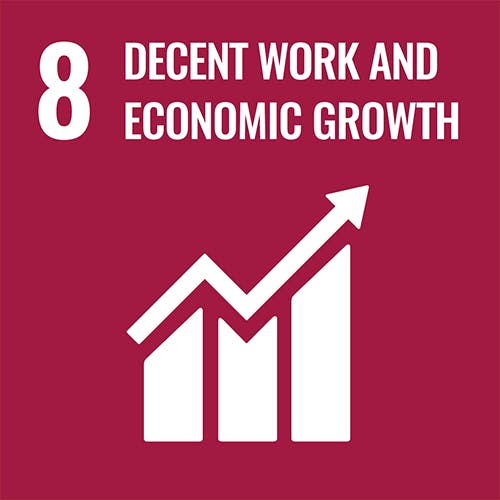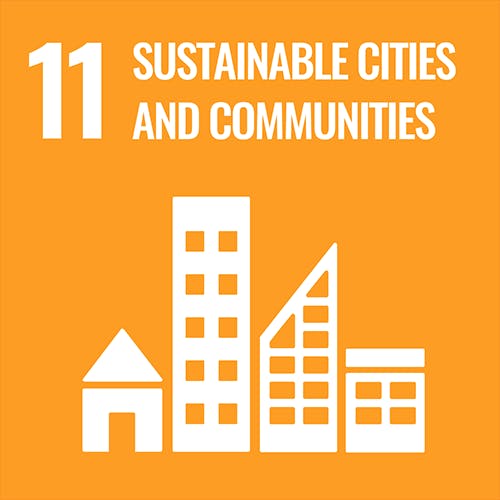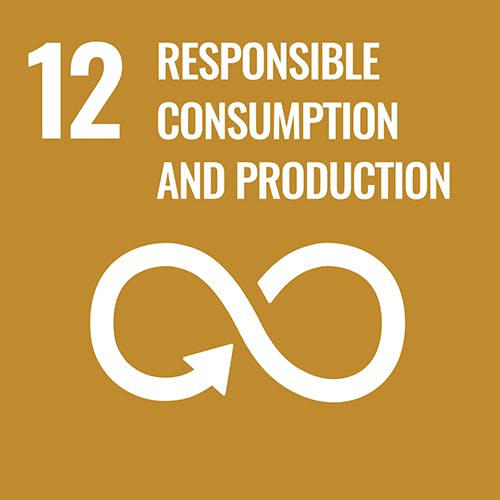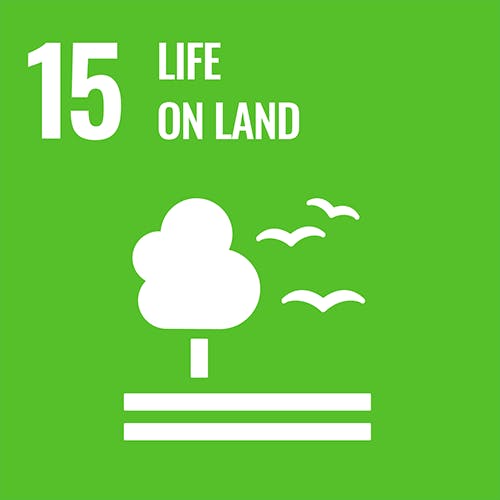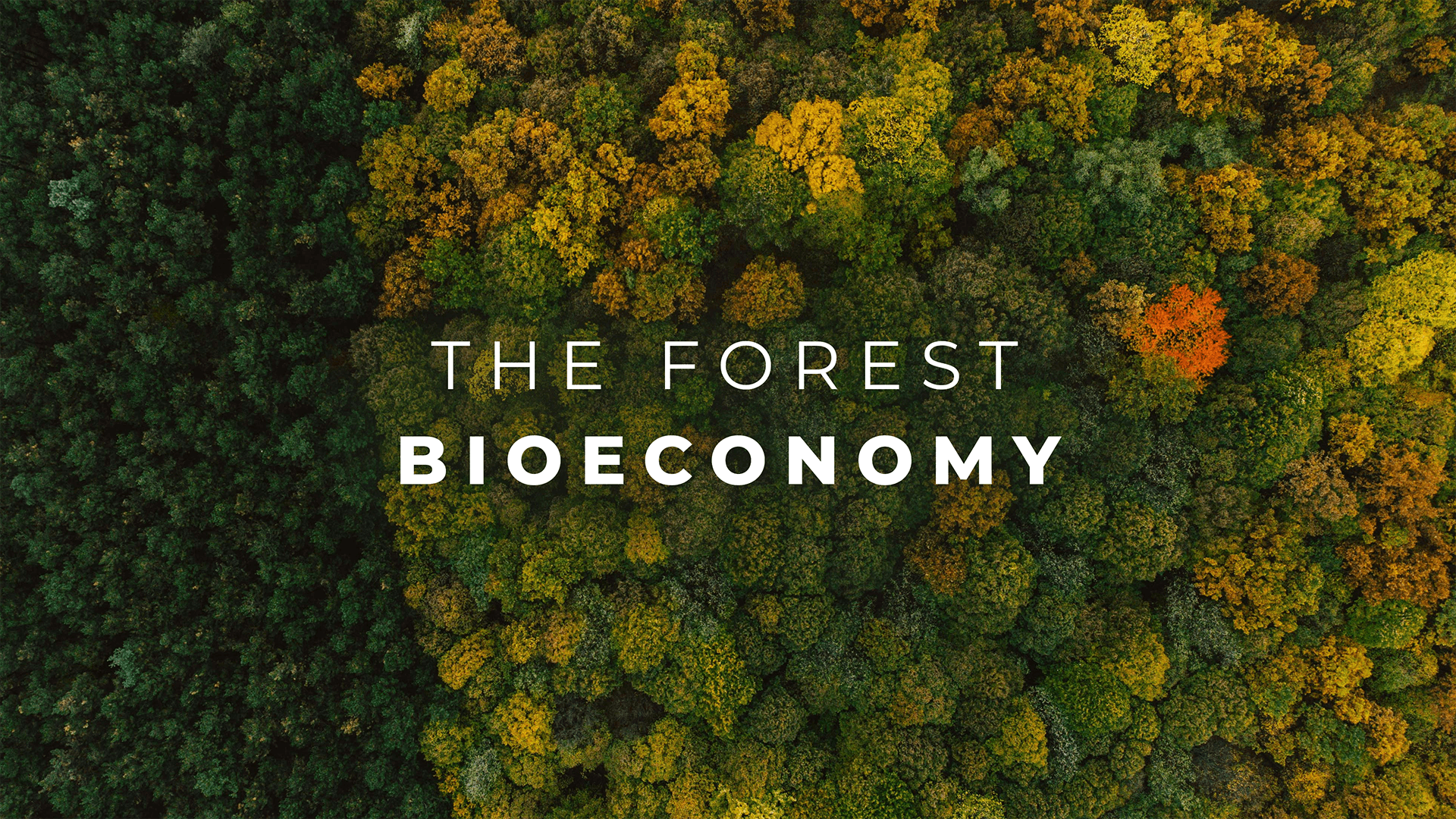
Our Forests, Our Future
Why protecting forests is the smartest economic choice we can make
The Value Of Forests
The value of forests cannot be overstated. They regulate the climate by absorbing carbon dioxide, moderating temperatures, stabilising soil, and decreasing the risk of floods. They’re also home to 80% of terrestrial biodiversity – a web of life upon which we all depend.
A recent report by Boston Consulting Group valued the world’s forests at $50-150 trillion, the upper range of which is greater than the GDP of every country in the world combined. Forests need to be healthy for us to benefit from them, but they are degrading at alarming rates.
Today’s forests cover roughly one third of the planet’s surface, and though the rate of deforestation has declined since 2000, we still lose over 10 million hectares of forest every year. This is the equivalent of 38,000 football pitches, every day.
Fortunately, people around the world are changing the way they think about these critical ecosystems. We are increasingly understanding the true value of forests, and solutions are emerging to ensure we can continue to benefit from them.

Forest Finance
Forests are resilient, renewable, and offer an incredible range of ecosystem services, but they are still often destroyed in favour of the short-term profit of other industries.
The main reason for this is what Jane Carter Ingram, Managing Director of Pollination Group, calls a “huge blind spot in our accounting systems and our economy.” Historically, the value of natural resources has not been reflected in our financial systems, but this is starting to change. According to Jane, “nature is finally on the business and financial agenda.”
One way to integrate nature’s value into mainstream economics is through Natural Capital Accounting. This accounting model tracks the condition of ecosystems, bringing the value of their services into standardised reporting systems. Data and measurement tools like these play a huge role in communicating the value of forests to investors.
Forests As Economic Engines
Once the value of forests and their services are properly accounted for, we can better reflect the link between ecosystem health and sustainable societies.
It’s time we reconnect healthy forests to healthy economies.
In a forest bioeconomy, monetary value is placed on the products and services derived from forests, with a focus on their sustainable use. By creating economic value from forest resources, we can regenerate forests at the same time as harvesting the raw materials for nature-positive products.
This system benefits biodiversity and natural capital and reduces waste and the loss of nature, all while fuelling the bioeconomy. In this way, a reciprocity is formed between people and forests – if we help forests, they help us.
The forest bioeconomy is diverse, productive, and can provide humans with all of our needs.

Forests As Energy
Wildfires are an increasing risk in forests around the world, and wood waste – from logging, woodland management, or natural processes – can exacerbate these fires. In California, one company is protecting their forests from wildfires while turning waste into value.
Yosemite Clean Energy convert wood waste and other waste biomass into either 100% green hydrogen or natural gas. Their process transforms woody biomass with only heat and steam and is carbon-negative ‘from stump to pump’. According to Tom Hobby, the company’s President and CEO, their biofuels could replace 3-4 billion gallons of diesel every year.
Forests As Food
Forests play an integral role in our food system. While some communities still forage wild food from the forest – including nuts, mushrooms and berries – others utilise the forest ecosystem to grow cultivated food crops.
Agroforestry is an ancient land management technique where trees and agricultural crops grow together on the same piece of land. Moving from monocultures to diverse food forests provides mutual benefit to trees and people. Forests experience healthier soils, increased biodiversity, and a reduction in pests. Farmers find shelter for plants and livestock, improved air and water quality, and boosted productivity.
Forests For Travel and Tourism
For travellers looking to escape city life, healthy forests are tourist destinations in and of themselves. Although the value of these ‘cultural services’ can feel intangible, they generate income for local communities and support the conservation of forest landscapes.
The Iwokrama International Centre for Rainforest Conservation and Development in Guyana is a research facility centred around the Iwokrama forest. Their team is dedicated to fostering a truly sustainable forest – one where the social, environmental, and economic benefits are balanced and reciprocal.
Iwokrama’s goal is to develop a model where countries with rainforests can earn meaningful income from ecosystem services and forest conservation.
Forests As Packaging and Bioplastics
Several companies are revolutionising packaging with forest-based materials.
Paptic replace plastic, paper or cotton for various packaging needs using renewable wood fibres that can be recycled with paper after use. Packnatur create biodegradable net bags for produce to replace the plastic netting used in most grocery stores. Made from cellulose yarn derived from beechwood pulp, all their products can return to nature at the end of their life. For larger items or those that need more protection, StoraEnso have created ‘wood foam,’ an alternative to fossil fuel-based packing materials like bubble wrap or polystyrene options.
These companies – and many others – are ushering in a renewable, plastic-free future.
Forests For Health
Forests are nature’s medicine cabinet, and over the years they have provided both herbal remedies and the components of modern medicines. Quinine, which is used to treat malaria, comes from the bark of the cinchona tree; cortisone, used in birth control pills, can be found in wild yams in the tropical rainforests in South America; and vincristine and vinblastine, which are used to treat pediatric leukemia, is derived from the rosy periwinkle, a plant found in rainforests in Madagascar.

Beyond the healing powers of plants and roots, forests themselves are life savers. The link between exposure to trees and physical and mental health has gained attention recently, with multiple studies examining the effect of trees on human stress levels. A Japanese study from 2019 analyses how ‘forest bathing’ – immersing yourself in a forest environment – can improve health. All participants in the study demonstrated decreases in systolic and diastolic blood pressure as well as improved mood after spending time in forests.
The Future Is Forests
An economy centred around healthy forests is stronger and more resilient than one that ignores this precious resource. Industries are realising the true value of forests, and their immense potential is spurring creative innovations from fuel to fork.
If we help forests, they help us – and we desperately need their help.

